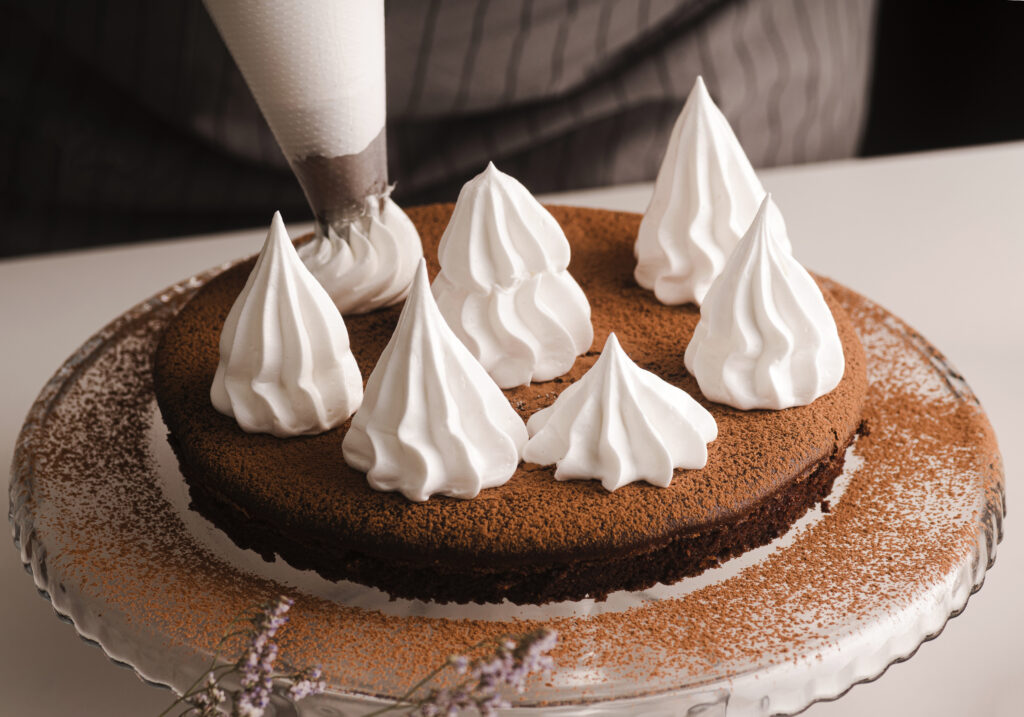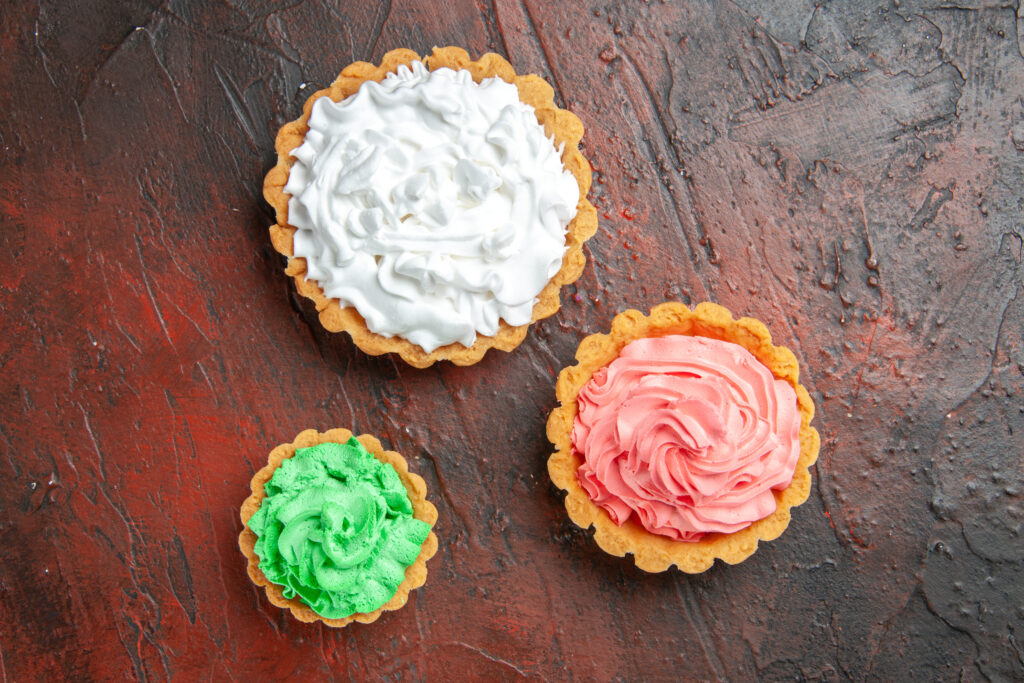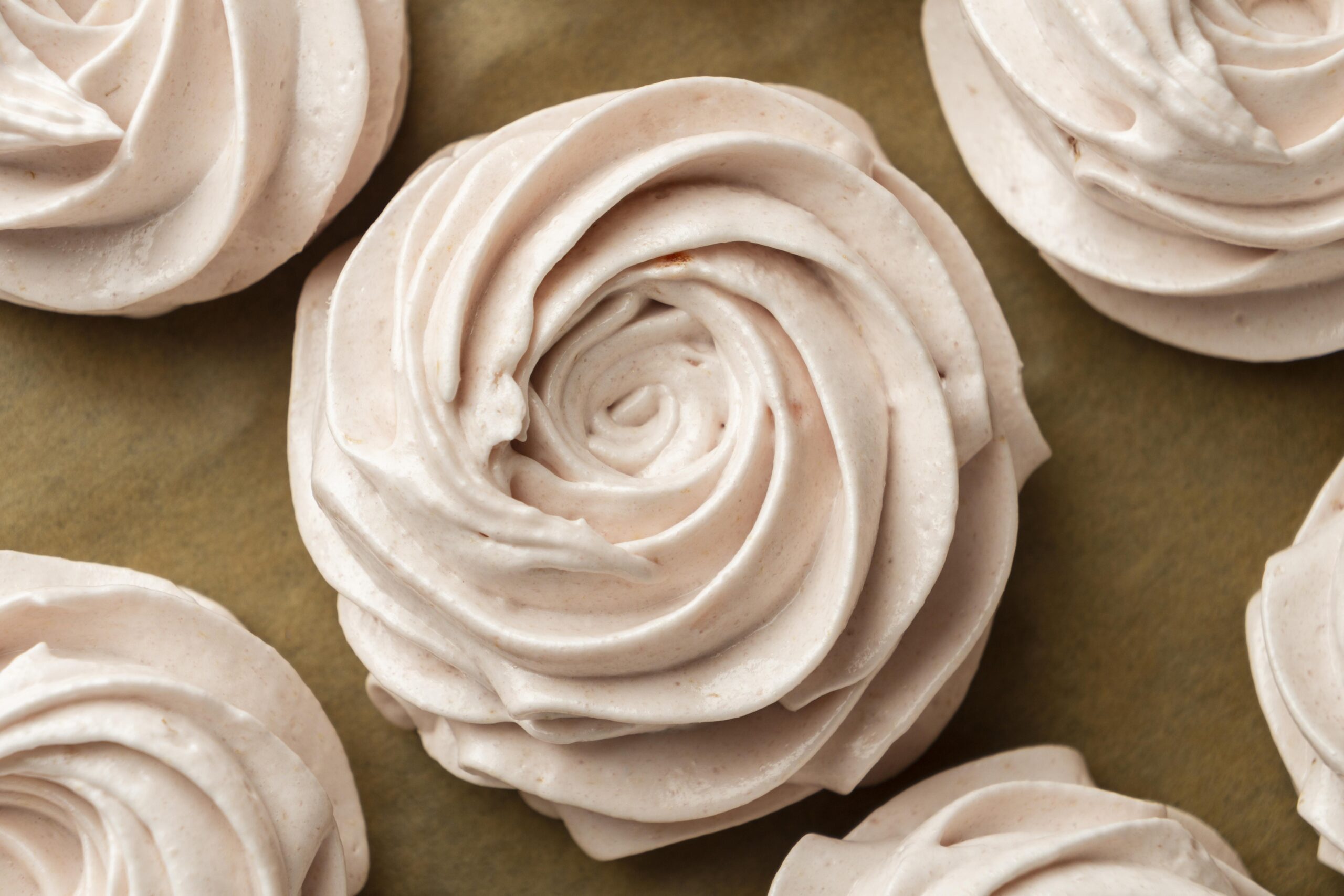Swiss meringue buttercream is a beloved choice among home bakers for its silky texture and rich flavor. Unlike traditional buttercreams, Swiss meringue buttercream is made using a method that incorporates egg whites and sugar, resulting in a frosting that is both creamy and stable. This delightful frosting can elevate any cake or cupcake, making it a favorite for special occasions and everyday baking alike. In this guide, we will explore how to make Swiss meringue buttercream from scratch, understanding its unique texture and flavoring possibilities that can make your desserts truly shine.
Understanding the Unique Texture of Swiss Meringue Buttercream

What sets Swiss meringue buttercream apart from other frosting types is its smooth, velvety texture. This is achieved through a process of heating egg whites and sugar together, which helps dissolve the sugar and stabilizes the meringue. The result is a frosting that is not only easy to spread but also holds its shape beautifully when piped onto cakes or cupcakes.
The key to Swiss meringue buttercream is the balance between the meringue and the butter. When the meringue is whipped to stiff peaks and then gradually mixed with softened butter, the result is a frosting that is light yet rich, airy yet stable. This unique combination allows it to pair wonderfully with a variety of cake flavors, from chocolate to vanilla to fruit-infused varieties.
Additionally, Swiss meringue buttercream is less sweet than traditional buttercreams, making it a more sophisticated option that enhances the flavor of the cake rather than overpowering it. This makes it particularly appealing for those who prefer a more balanced sweetness in their desserts.
Step-by-Step Guide to Making Swiss Meringue Buttercream from Scratch
Making Swiss meringue buttercream at home may seem daunting, but with a few simple steps, you can create this luxurious frosting with ease. Below is a comprehensive recipe that outlines every detail you need to know.
Ingredients
- 5 large egg whites (approximately 150 grams)
- 1 cup granulated sugar (200 grams)
- 1 cup unsalted butter, softened (227 grams)
- 1 teaspoon pure vanilla extract
- Pinch of salt
Preparation Steps
- Begin by preparing your double boiler. Fill a saucepan with about an inch of water and bring it to a simmer over medium heat. Make sure the bowl you use for the egg whites can sit snugly on top of the saucepan without touching the water.
- In the bowl of your stand mixer, combine the egg whites and granulated sugar. Place the bowl over the simmering water, stirring continuously until the mixture reaches a temperature of 160°F (70°C). This ensures that the sugar fully dissolves and the egg whites are safe to eat.
- Once the mixture is heated, carefully transfer the bowl to your stand mixer fitted with the whisk attachment. Begin to whip the mixture on medium speed until it forms stiff peaks and the bowl feels cool to the touch. This can take about 8 to 10 minutes.
- Once stiff peaks form, it’s time to add the softened butter. With the mixer on low speed, add the butter a few tablespoons at a time. Allow each addition to fully incorporate before adding more. You will notice that the mixture may look soupy or curdled at first; continue mixing, and it will eventually come together into a smooth frosting.
- Once the butter is fully incorporated and the frosting is smooth, add the vanilla extract and a pinch of salt. Mix on low speed until fully combined.
- Your Swiss meringue buttercream is now ready! Use it immediately to frost your cake or cupcakes, or store it in an airtight container in the refrigerator for up to a week. Before using, allow it to come to room temperature and re-whip briefly to restore its texture.
Flavor Enhancement Ideas

Swiss meringue buttercream serves as a perfect base for a variety of flavors, allowing you to customize it to suit your dessert needs. Here are some delightful ways to enhance its flavor.
To create a chocolate version, simply melt 4 ounces of high-quality dark chocolate and allow it to cool slightly before adding it to the meringue after the butter has been incorporated. For a rich chocolate flavor, use cocoa powder; add about ½ cup of unsweetened cocoa powder to the egg whites and sugar mixture while heating.
If you want to infuse your buttercream with fruit flavors, consider adding purees or extracts. For instance, to make raspberry Swiss meringue buttercream, gently fold in half a cup of strained raspberry puree once the butter is fully incorporated. Adjust the sweetness as necessary by adding a bit more sugar if needed.
Another popular option is to incorporate citrus zest for a fresh and zesty note. Add the zest of one lemon or orange along with the vanilla extract for a bright flavor that pairs beautifully with vanilla or almond cakes.
For a fun twist, you can also add flavored extracts such as almond, coconut, or mint to create unique variations. Start with a teaspoon, taste, and adjust according to your preference.
Storing and Using Swiss Meringue Buttercream
Swiss meringue buttercream is incredibly versatile and can be made ahead of time, making it a convenient choice for bakers. If you plan to store it, place the buttercream in an airtight container and refrigerate it for up to a week. Before using, allow it to come to room temperature and give it a good whip to restore its smooth consistency.
You can also freeze Swiss meringue buttercream for longer storage. Place it in a freezer-safe container, and it can last for up to three months. When you’re ready to use it, thaw it overnight in the refrigerator and then re-whip to achieve the desired texture.
When it comes to using Swiss meringue buttercream, it’s perfect for frosting cakes, piping decorations, or even filling pastries. Its stability makes it an excellent choice for layered cakes, as it holds up well under fondant or additional layers of frosting. You can pipe it into beautiful rosettes, swirls, or any design you desire.
Common Challenges and Solutions
While making Swiss meringue buttercream is generally straightforward, it can come with its own set of challenges. One common issue is the buttercream appearing curdled or soupy when you first add the butter. This can happen if the butter is too cold or if the meringue is not whipped enough. If you encounter this, simply continue to whip the mixture; it will eventually come together.
Another challenge may arise when the buttercream is too soft for piping. This often occurs if the kitchen is too warm or if the butter was too soft when added. In this case, refrigerate the buttercream for about 15 to 20 minutes to allow it to firm up before attempting to pipe again.
Lastly, if you find your buttercream is too sweet, try adjusting the sugar levels in your next batch or incorporating more flavorings to balance the sweetness. Remember, the key is to experiment and find what works best for your taste preferences.
Swiss meringue buttercream is a delightful frosting that can elevate your baking creations to a new level of sophistication. With its smooth texture and rich flavor, it’s perfect for any occasion. By following this guide and adding your own unique flavors, you can master the art of Swiss meringue buttercream and impress your family and friends with beautiful and delicious desserts.

Leave a Reply